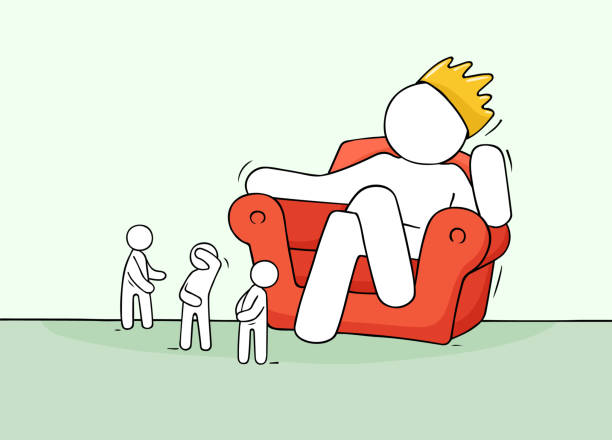5 Common Cognitive Biases You Should Know & How To Think Better

What was the last bad decision you made? We’ve all got regrets. In hindsight, it’s easy to see that your decision making was biased, but you can’t go back in time. In the future, how can you make better decisions that are less biased and avoid regrets?
Here are some common cognitive biases you should know to make better decisions.
1) Planning fallacy

Have you ever confidently taken on a big task, only to cram up to the deadline, wondering where all the time went? Then you might be experiencing the planning fallacy, where you overestimate good outcomes and underestimate potential risks and setbacks. In a 1994 study, psychology students were asked to estimate how long they would take to finish their theses. On average, their estimate for the worst case scenario was 48.6 days, but in reality, it took them 55.5 days. According to psychologists, we misestimate how long we will take to complete tasks because we focus on optimism for the future and ignore past experience. To make better judgments, remember the last time you did a similar task and use that as a baseline, even including all the unexpected setbacks.
2) Confirmation bias

Have you ever researched a topic and found only information that backs up your beliefs? Then you might be experiencing confirmation bias, where you selectively seek out information, sources and reasons that confirm what you already think is true. Contradicting information gets ignored or reinterpreted, so you only get one side of the situation. Let’s say your friend is deciding what car to buy but is already a fan of one particular brand. They will probably look up information confirming that it’s the best car brand and dismiss any other information as unreliable, leading them to a biased decision that may not be the best. To make better judgments, make a list of pros and cons behind your decision and try to investigate both sides in depth before committing to anything.
3) Anchoring effect

Have you ever negotiated over the price of a purchase, only to find that you agreed to a much worse deal than usual? Then you might be experiencing the anchoring effect, where you latch onto the first piece of information and treat it as a baseline. In one study, participants were asked to quickly guess the answer to a math problem. When it was presented as 1 × 2 × 3 × 4 × 5 × 6 × 7 × 8 with the smallest numbers coming first, the median guess was 512. But when it was presented as 8 × 7 × 6 × 5 × 4 × 3 × 2 × 1 with the largest numbers coming first, the median guess was much larger at 2250. Salespeople know about this tactic and start with a very high price as an “anchor” so that you treat this as normal and bargain down from there. To make better judgments, research the average price of your purchase and try to make the first offer.
4) Availability heuristic

Have you ever been cautious about a major catastrophe, only to fall victim to something really commonplace? Then you might be experiencing the availability heuristic, where memorable events are assumed to be more frequent or typical. Studies show that when people are asked to estimate common causes of death, they overestimate the chances of terrorist attacks and shark attacks. In reality, overly hot tap water is a more frequent killer than terrorists and sharks, but those are sensationalized in the media more often, so they come to mind more easily. To make better judgments, research the most common risks that you should prepare for, instead of relying on what comes to mind.
5) Blindspot bias

When you heard the other biases, did they sound familiar? If you remembered examples where other people showed those biases, then you might be experiencing blindspot bias, where we notice biases in others but are blind to our own. Even when we know about cognitive biases, they happen in our minds unconsciously and we tend to explain our own judgments in favorable terms. To make better judgments, imagine that a friend is making the decision rather than yourself, so you can think through the problem in a detached way and notice biases more easily.
So there you have it, five common cognitive biases that can affect your judgment. Have you ever seen these in yourself or others? Let us know in the comments below if this article will help you make better decisions. And don’t forget to like and share it if you think it will help someone else. The studies and references used are listed in the description below.
References
- Bale, P. (2017, June 30). 14 things that kill more people than sharks. The Daily Californian. https://www.dailycal.org/2017/06/30/14-things-kill-people-sharks/
- Buehler, R., Griffin, D., & Ross, M. (1994). Exploring the “planning fallacy”: Why people underestimate their task completion times. Journal of Personality and Social Psychology, 67(3), 366.
- Kahneman, D. (2011). Thinking, Fast and Slow. Macmillan.
- Pronin, E., & Kugler, M. B. (2007). Valuing thoughts, ignoring behavior: The introspection illusion as a source of the bias blind spot. Journal of Experimental Social Psychology, 43(4), 565-578.



Responses